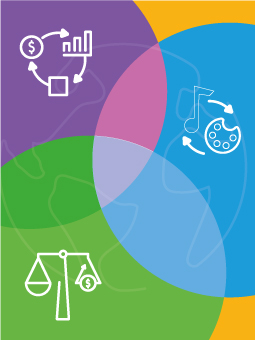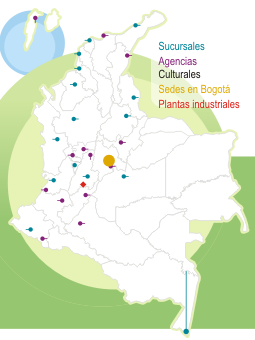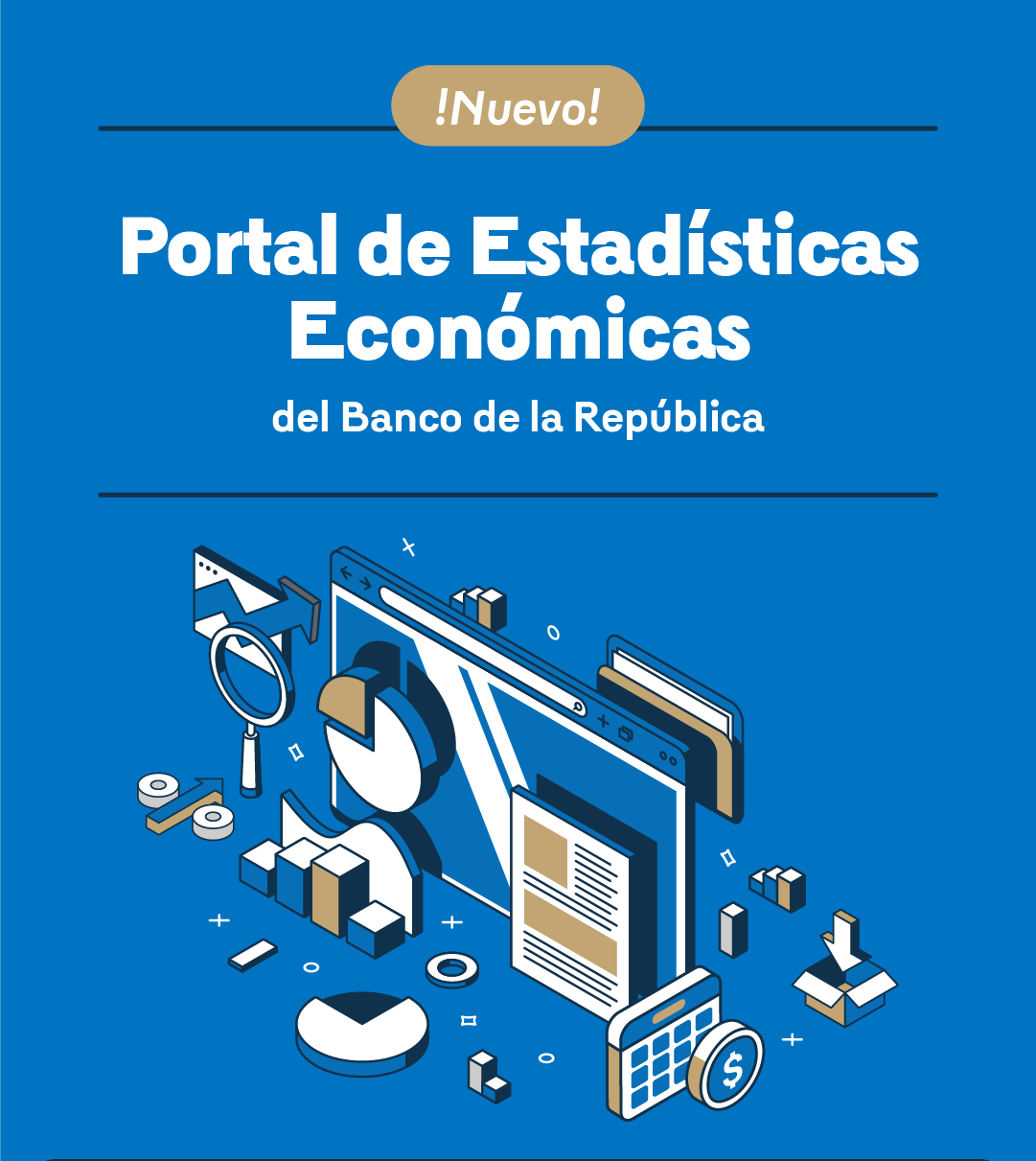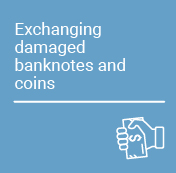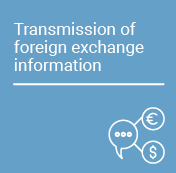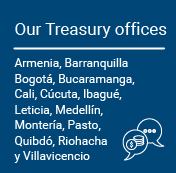Servicios
|
A central bank is the institution that issues and administrates legal currency and exercises the function of banker of banks. Furthermore, it controls the country’s monetary system (currency), credit system (interest rates) and foreign exchange system (foreign exchange rates). Its principal…
|
|
Abstract
This study characterizes the microstructure of the spot and forward peso-dollar exchange markets in Colombia, with the objective of studying the main dynamics and interactions of all the sectors which are participating in these markets. Additionally, it seeks to identify the economic…
|
|
The most recent global financial crisis (2008-2009) highlighted the importance of systemic risk and promoted academic interest to develop a wide set of warning indicators, which are mechanisms to identify systemically important institutions and global systemic risk indexes. Using the methodology…
|
|
The opinions contained in this document are the sole responsibility of the author and do not commit Banco de la República or its Board of Directors.
|
|
This paper provides evidence of short-run predictability for the real exchange rate by performing out-of-sample tests of a forecasting equation which is derived from a consumption-based asset pricing model. In this model, the real exchange rate is predictable as a result of the implications of…
|
|
As per the Code of Administrative Procedure and Administrative Litigation, specifically Article 8, Section 8, a circular was released today for comments on the amendments made to External Regulatory Circular DCIN-83 following implementation of the new Foreign Exchange Information System. To access…
|
|
This paper presents a methodology to estimate the intraday liquidity that systemically important entities (SIE) need to fulfill all its obligations in a timely fashion, when a simulated failure-to-pay from its main liquidity supplier by discretionary concepts of payment occurs. Using the Bank of…
|
|
We use a dynamic factor model proposed by Stock and Watson [1998, 1999, 2002a,b] to forecast Colombian inflation. The model includes 92 monthly series observed over the period 1999:01-2008:06. The results show that for short-run horizons, factor model forecasts significantly outperformed the auto-…
|
|
This paper discusses alternative approaches to estimate models of behavior of mortgage debtors. Specifically, the focus is on the understanding of default decisions. The goal is the development of empirical techniques that yield estimates of the structural parameters of the model that generates…
|
|
Abstract
Fiscal sustainability in five of the largest Latin American economies is examined before and after the COVID-19 pandemic. For this purpose, the DSGE model in Bi (2012) and Hürtgen (2020) is used to estimate the Fiscal Limits and Fiscal Spaces for Peru, Chile, Mexico…
|
|
This paper explores the relationship between central bank independence and inflation in Latin America, using as a case study the experience of Colombia (1923-2008). Since its creation, in 1923, Colombias central bank has undergone several reforms that have changed its objectives and degree of…
|
|
In this paper, we propose a methodology for calculating a leading index of the economic activity based on a modification of Stock and Watson’s (1989, 1991, 1992) approach. We use Kalman filter techniques for estimating the state space representation of the leading index model. The methodology is…
|
|
On 23 July 2023, Banco de la República (the Central Bank of Colombia) celebrated its 100th anniversary, having been established as the Central Bank of Colombia through Law 25 of 1923, according to the parameters defined by the Kemmerer Mission.
|
|
This paper presents the construction of a tailor-made Macro Computable General Equilibrium Model for the Colombian economy that satisfies Banco de la República's macroeconomic programming and forecasting interests. Using information on the national accounts divulged by the National Statistics…
|
|
According to traditional literature, liquidity risk in individual banks can turn into a system-wide financial crisis when either interbank credit exposures or bank runs are present. This paper shows that this phenomenon can also arise when individual liquidity risk trans- forms into system-wide…
|
|
This document presents a dynamic stochastic general equilibrium model with rule of thumb (Non-Ricardian) agents and both nominal price and wage rigidities. The model follows closely that of Galí et al. (2004) and expands it to include a second way form of heterogeneity (besides the Non-Ricardian…
|
|
A Model of the Nominal and Real Exchange in Colombia A Model of the Nominal and Real Exchange in Colombia Javier Gómez*
|
|
We study the network of Colombian sovereign securities settlements. With data from the settlement market infrastructure we study financial institutions’ transactions from three different trading and registering individual networks that we combine into a multi-layer network.
|
|
CULTURAL SERVICES
Banco de la República opens its new Cultural Center to the community of San Andres, Providencia, and Santa Catalina. Its services and products are the result of joint work among professionals from the Central Bank, local researchers, and the community of the island.…
|
|
Participation notes for the seminar entitled “From the Breakdown of the Bretton Woods System to a New Era of Macro Prudential Oversight”. Cuzco, Peru.
|
|
Abstract
This paper presents a new real exchange rate index that includes weights accounting for both direct trade links and third-market competition effects. We use trade data at 3 digit Standard International Trade Classification (SITC) level for a set of 39 countries annually updated. We…
|
|
A nonlinear specification of demand for cash in Colombia A nonlinear specification of demand for cash in Colombia By Luis E. Arango and Andrés González(1)
|
|
We use the recently developed panel rank-cointegration test proposed by Pedroni et al. [2015] to check for the stability conditions of the cross-country money market interest rate bases. Using weekly information on short-term interest rates and spot and forward exchange rates for a set of 20…
|
|
This paper proposes a framework for a regional economic policy in Colombia. The regional characteristics and disparities of the country are studied, and regional disparities are shown to be both significant and persistent over time. This calls for a policy initiative to promote the development of…
|






